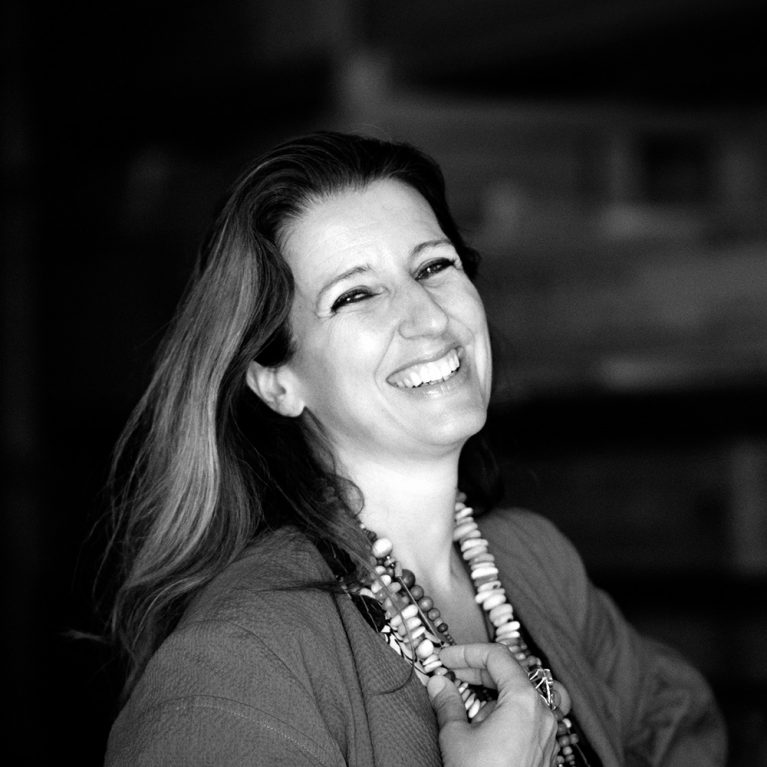interviews
Benedetta Tagliabue’s Milan
I was born in Milan, at the Columbus clinic, although my family has always lived near Monza, in Brianza...

What are the origins of your relationship with Milan?
I was born in Milan, at the Columbus clinic, although my family has always lived near Monza, in Brianza. As a girl I saw the old Milan, and it was only later that I became aware of its beauty from an architectural viewpoint. Although I studied in Venice during my university years, I began to discover that Milan was a special city, and it became a bigger part of my life. The first call for bids that we won, and spectacularly too, was the commission for the Garage Traversi redevelopment about ten years ago. However, as often happens in Italy, everything ground to a halt. Apparently works are starting again now. The Garage Traversi reveals a Milan endowed with the typical elegance of the 1920s and ’30s. It’s redolent of a very proud city with a special, austere style. That’s how I identify Milan.
What is your favourite historical building in the city?
In my mind, the most recognisable Milan is rooted in that distinctive period. And what emerges is a uniquely Milanese history. The Sforza Castle [Monumental Milan], which isn’t a wonder of wonders, is actually wonderful. We once did a fantastic three-day seminar
on the Rondanini Pietà, and we had a great time discovering all the historical parts of the castle. Other less visible but perhaps more original monuments are the Church of Santa Maria delle Grazie, the Basilica of Sant’Ambrogio, the Columns of San Lorenzo and the Church of San Satiro [Monumental Milan]. They’re not necessarily landmarks for visitors, but they’re amazing pieces of architecture.
What do you normally do when you are in Milan?
I often go to the centre. I love wandering around Via Montenapoleone, Via della Spiga and Via Sant’Andrea (streets in Milan’s “Quadrilatero della moda” fashion district, ed.), but also the area around the Hoepli bookstore and Piazza San Babila [Monumental Milan]. The whole zone dedicated to fashion is beautiful. It’s almost impossible to buy anything nowadays because it’s become more of a showcase, but it’s still great fun. It offers visions of top-level beauty that show you where fashion is at now.
Is there a shop in Milan where you buy special items?
Hoepli is a wonderful historical bookshop that has always been an essential stop, also when my husband Enric Miralles was still alive. He was an avid reader who always needed to find and see new books, so for us Hoepli was like a place of pilgrimage. You find lots of rare and beautiful things there.
What is your favourite cafe, bar or restaurant in the city?
For a question of convenience, the most familiar place for me has always been Pasticceria Bastianello. It signifies being back in Italy and drinking a delicious cappuccino.
Which new buildings have transformed the face of Milan?
Milan has always been a dynamic city that isn’t overly obstructed by monumentality. Not only can it afford new icons, but it also needs them. Currently, the city is going about this with the Fondazione Feltrinelli [The rising City] and Fondazione Prada [The Polycentric Centre], and it has a chance to encourage people to visit the city for its contemporary architecture, too. A positive aspect of this transformation is that citizens gain a better sense of self-regard, and they enter into the spirit of desiring better things for their city. I really believe in this. I experienced it in Barcelona, as I had the good fortune to be adopted by the city and to witness the changes brought by the Olympic period. Cities can be revolutionised with that kind of spirit. But it needs to be nurtured and institutions must endeavour to satisfy citizens’ desires.
What would you transfer to Milan from another place?
Milan is missing a green lung that would allow city dwellers to travel with healthier means of transport, such as bicycles, and with more pleasant surroundings for passers-by. I think this is the future for cities, and for Milan, whose centre is also small enough to be very liveable if there were decent connections. I’d like a city where all the water areas were more prominent – because Milan is actually a water city – and with more interconnected green belts to make it nicer when moving around. I think that if we learn from water – which is what we’re doing with the Scali Milano project to redevelop Milan’s disused rail stations – we’d be surprised because Milan is connected by water throughout its hinterland, which is now one of the most densely populated areas in Italy. We could rediscover and follow these old watercourses, using them as an opportunity to create a different type of mobility in the city.


